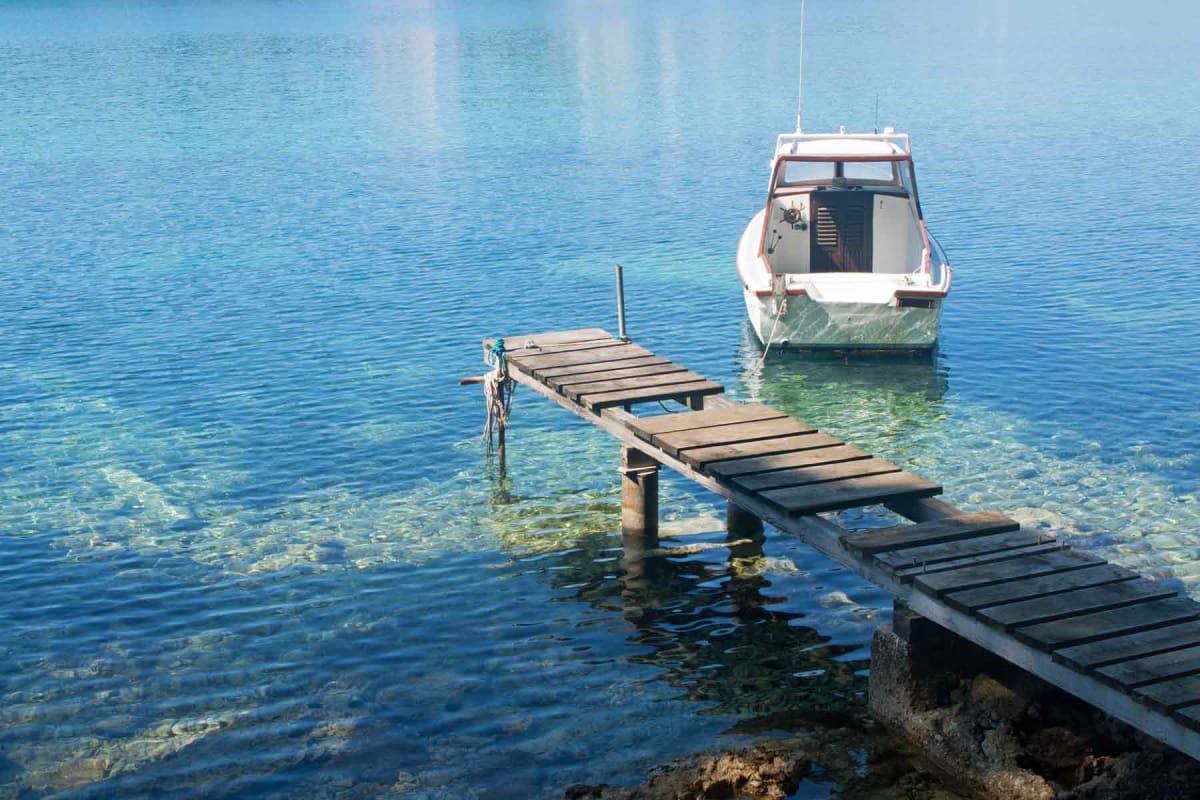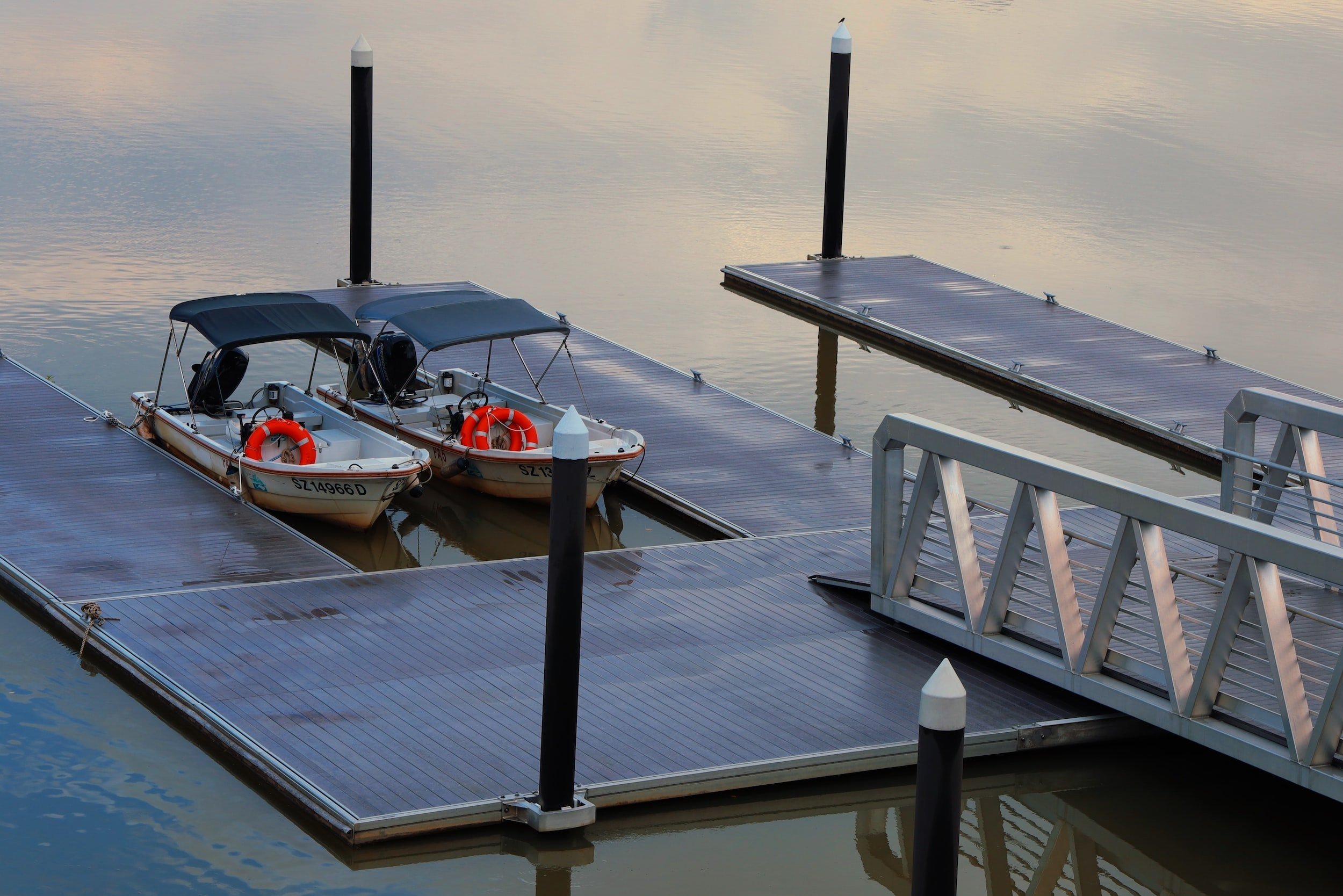Crucial Guide to Inexpensive Dock Repairs for Homeowners
Crucial Guide to Inexpensive Dock Repairs for Homeowners
Blog Article
Efficient Dock Repair Service Techniques: Making Sure Structural Integrity
Ensuring the structural honesty of docks with efficient repair service techniques is extremely important for the long life and safety of aquatic centers. This entails a multi-faceted strategy beginning with extensive examinations utilizing innovative modern technologies like sonar devices and from another location operated automobiles (ROVs) to detect both visible and hid problems. Subsequently, picking the appropriate repair work products, such as corrosion-resistant alloys and composite products, is crucial for longevity. Architectural reinforcement methods, consisting of the application of cross-bracing systems and load-distribution plates, play a vital function in mitigating tension points. However, the relevance of these methods becomes obvious when exploring innovative repair service methods and preventative upkeep techniques.
Evaluating Dock Damages
Assessing dock damage is a critical primary step in ensuring the structural stability and safety and security of any kind of docking facility. This initial examination entails a comprehensive evaluation to determine both noticeable and surprise damages. Secret elements to check out consist of the dock's structure, pilings, outdoor decking, and hardware. Each component should be inspected for indications of wear, rot, rust, or various other kinds of destruction that can compromise the structural honesty.
Structural designers or certified examiners normally do these evaluations utilizing specialized strategies and devices. For circumstances, underwater evaluations might use finder devices or remotely operated lorries (ROVs) to identify immersed damage. Over water, aesthetic evaluations are complemented by making use of wetness meters and other diagnostic devices to discover underlying issues not immediately noticeable to the naked eye.

Choosing Repair Work Products
Picking the ideal repair materials is a pivotal action in the dock remediation process, one that directly influences the durability and efficiency of the fixed framework. Product choice need to be driven by variables such as ecological problems, load-bearing needs, and compatibility with existing dock parts. Timber is a standard option for docks due to its natural resilience and visual allure. Selecting the appropriate kind of wood, such as pressure-treated lumber or naturally rot-resistant varieties like cedar or teak wood, is important to endure aquatic settings.
Along with timber, composite materials are increasingly prominent due to their durability and reduced maintenance needs. Composites, commonly made from a blend of plastic and timber fibers, provide excellent resistance to rot, bugs, and UV damages. For metal anchors, choosing corrosion-resistant alloys such as galvanized steel or marine-grade light weight aluminum is vital to prevent rust and guarantee architectural honesty in saline water problems.
Epoxy resins and marine-grade sealers are crucial for fixing fractures and sealing joints, providing a water-proof barrier and enhancing the dock's overall strength. By thoroughly picking top quality products, dock repair work can accomplish resilient outcomes, thereby protecting versus future destruction and making certain safe, reputable usage.
Architectural Support Strategies
Reliable architectural reinforcement techniques are crucial in making sure the security and durability of dock repair services. One basic approach entails the usage of steel or composite support bars (rebar) within concrete frameworks. Rebar gives added tensile toughness, protecting against splits and dispersing lots a lot more uniformly. This technique is especially efficient for docks exposed to heavy lots or rough ecological problems.
Another essential strategy is the application of fiber-reinforced polymers (FRP) These products provide high strength-to-weight ratios and superb resistance to rust, making them optimal for reinforcing wood or concrete docks. FRP can be used in sheets or strips and adhered with epoxy resins to boost structural integrity.
Supporting and anchoring systems additionally play a crucial function in structural support. Cross-bracing, utilizing steel or wooden beams, can neutralize lateral pressures, decreasing guiding and motion. Anchoring systems, such as helical piers or driven stacks, offer a secure foundation by moving loads to much deeper, much more secure soil layers.
Last but not least, the integration of load-distribution plates can aid distribute weight extra evenly throughout the dock's surface, alleviating localized anxiety factors. These methods jointly guarantee that anchors remain robust and secure, efficient in enduring the roughness of their functional environment.
Advanced Repair Service Methods

One more advanced strategy includes undersea welding, you can try these out which enables repair services to be performed without the demand to dewater the location. This approach is specifically useful for resolving architectural concerns in submerged dock elements, guaranteeing minimal disruption to procedures. Boosted welding strategies, combined with robotic systems, deliver accuracy and integrity, consequently prolonging the lifespan of the dock.
Additionally, cathodic defense systems are carried out to avoid rust in metallic dock frameworks. By utilizing sacrificial anodes or amazed current systems, these strategies successfully reduce the electrochemical processes that cause material deterioration.
Last but not least, progressed monitoring modern technologies, such as structural health surveillance (SHM) systems, offer real-time data on the problem of dock structures. These systems enable aggressive maintenance and prompt interventions, inevitably guaranteeing the long-term architectural integrity of the dock.
Upkeep and Prevention
Maintenance and avoidance are essential principles that underpin the durability and safety and security of dock structures. Normal evaluations are paramount, enabling very early detection of damage, potential weak points, and ecological effects. An aggressive method, entailing routine checks for deterioration, rot, and structural shifts, minimizes costly repair services and prolongs the dock's operational life.
Preventative measures ought to consist of using protective finishes to steel components to safeguard versus rust and using treated timber to stand up to decay. Furthermore, making sure correct water drainage and air flow can protect against water accumulation, which is a typical reason of architectural degradation. Incorporating high quality products and sticking to supplier standards throughout construction and repair work phases likewise play critical duties in enhancing resilience.

Training personnel in dock upkeep finest methods guarantees consistent application of safety nets. Leveraging technical developments, such as drones for evaluations and sensors for real-time surveillance, can additionally improve maintenance initiatives. By prioritizing maintenance and avoidance, dock owners can ensure architectural stability, operational safety and security, and economical management over the dock's life-span.
Verdict
To conclude, maintaining the architectural integrity of aquatic facilities demands detailed dock repair strategies. Extensive inspections utilizing advanced devices uncover both noticeable and concealed problems, while the selection of proper repair products enhances toughness. Implementing architectural support techniques addresses stress and anxiety points successfully. Advanced repair methods, paired with routine upkeep practices, ensure the dock continues to be safe and operational under diverse ecological conditions. Taking on these approaches considerably prolongs the life-span and functionality of marine facilities.
Guaranteeing the structural stability of docks with efficient repair service strategies is paramount for the longevity and safety of marine facilities.Selecting the appropriate repair materials is a additional reading pivotal step in the dock restoration process, one that straight affects the long life and efficiency of the fixed structure.Efficient structural click for more reinforcement techniques are critical in ensuring the stability and long life of dock fixings. By focusing on maintenance and prevention, dock owners can make certain architectural stability, operational safety, and cost-effective monitoring over the dock's life-span.
In final thought, preserving the structural honesty of aquatic facilities necessitates thorough dock repair service methods.
Report this page